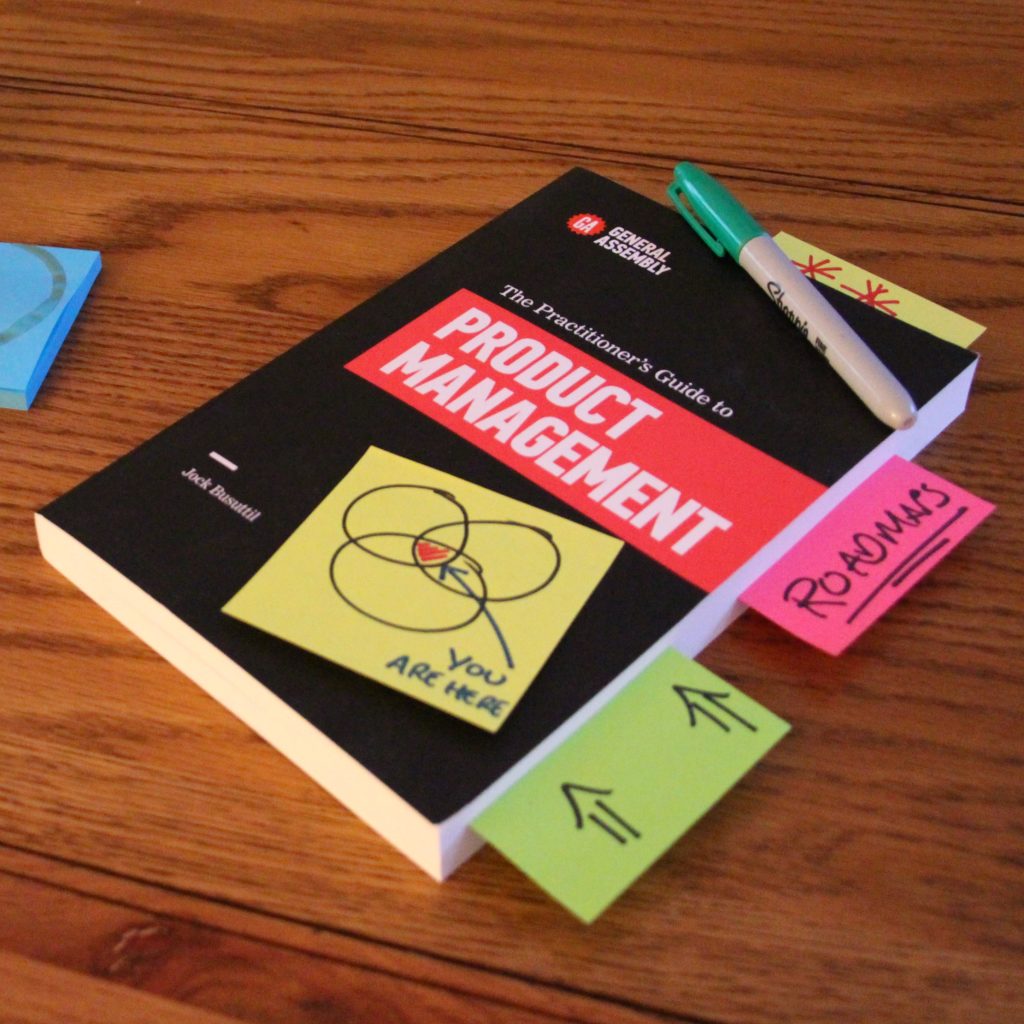Chapter 3
Copyrighted Material
You’re Actually Managing People, Not Products
I hope by this point you’ve begun to feel a sense of enthusiasm about product management and understand why it’s so important and how stimulating and rewarding the work is. There is excitement in the journey of bringing a new product to life. But the job isn’t for everyone, and this is in large part because it involves not only managing products, but managing people.
Product managers will almost always both report to a manager and manage other people. You’re responsible for the collective efforts of a virtual team of people across the different departments within your company, even though none of them report directly to you. And if all goes well, at some point you’ll probably also end up directly managing other product managers, as well as business analysts and possibly even developers and designers. Your product’s success (and so your own) is largely contingent on your ability to understand, relate to, and influence others well. One of the side effects of being hooked into so many different aspects of your organization is that you’ll quickly uncover the dysfunction. Every company has some kind of dysfunction—whether a charming eccentricity or a less desirable habit—so you just have to figure out how to cope with the various kinds of dysfunctional behavior. And that can get rocky.
Copyrighted Material
You’re reading an extract from
The Practitioner’s Guide to Product Management
by Jock Busuttil
